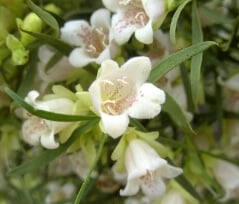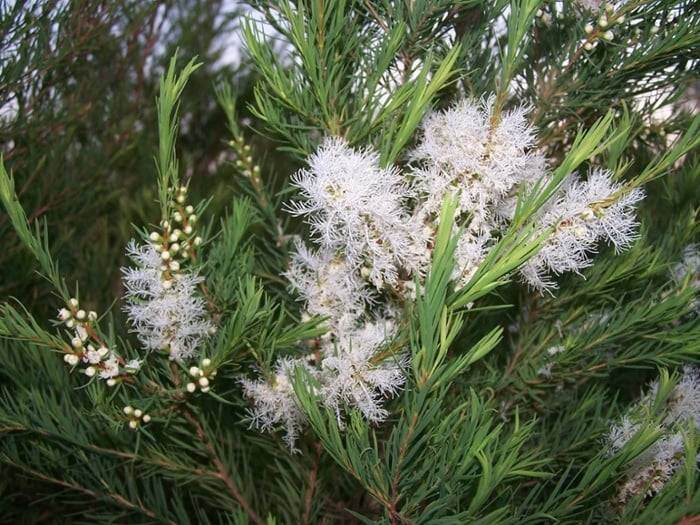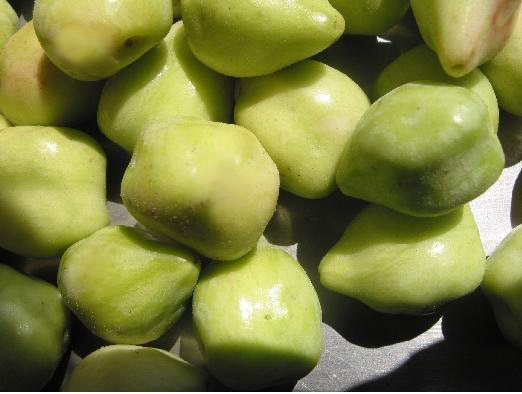Developing a new formulation is not easy. We get that.
There are so many competing priorities - trends, technology, compatibilities, cost points, certifications and so many others. We get that too!
We also understand that, as an R&D Formulation Chemist, you get pulled in many directions:
Marketing wants quick consumer uptake and - quite often - a unique 'story' to promote the product once released
Supply Chain wants reliability of supply, provenance, and low costs
Quality wants certifications, accreditations, and Quality Assurance documentation
Management wants it all - as well as increased shareholder value and brand awareness
Find your next Australian hero ingredient with our Applications selector. To explore your options, simply follow these three steps:
Choose your ingredient criteria - Explore the different categories at left of screen. Tick the criteria important to you for your new formulation.
Evaluate your short list of ingredients - We will give you a recommended list of our ingredients fitting your specific needs. Clicking on any of these product 'tiles' will present an overview of this ingredient.
Obtain your custom report - When you are happy with your short list of ingredients and selection criteria, select "Access Report" to have a customized report sent to your company email. We also give you access to a 1:1 consultation with one of our Specialists to answer any other questions you may have.

Your Australian Ingredient Report
Your customized report provides detailed information about each ingredient, our rationale for recommending, and clinical/scientific references for each ingredient in your short list.
Beyond the report, we also help you with your next steps.
Need to understand available quantities?
Relative Price levels?
Other input factors and considerations?
Our dedicated sales team will be there to help, with personal 1:1 discussions possible to review and discuss your Report in even greater depth.
So go ahead, make your criteria selections and see what our range of Australian natural ingredients can do for your next formulation.

























%20HubDB-1.jpg)









Scientific Name:
Farming Method:
Extraction Method:
Plant Part Used:
Available quantities (KG):
Head Office and Operations, 19A Boundary Street, Darlinghurst Sydney, NSW 2010
Buhlambar Farm, 497 Tomki-Tatham Rd, Tatham, NSW 2471